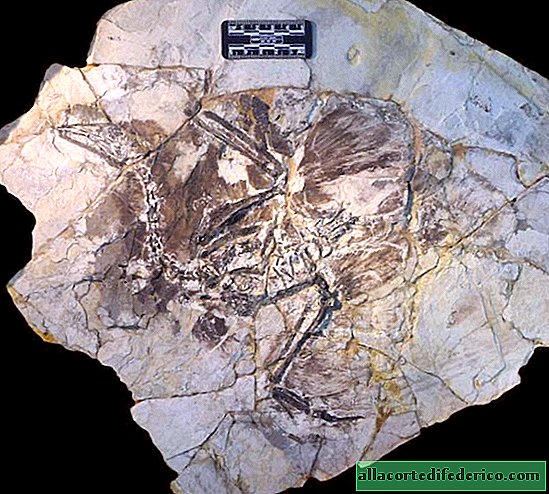How the Frenchman found the sensational skull of a mastodon and why he hid it for 3 years
In 2014, a man turned to the staff of one of the museums of natural history in France. He asked specialists to come to him to inspect the fossils that he had found more than 3 years ago. When the scientists arrived and examined the find, their surprise and admiration knew no bounds. It turned out that the man found a very well-preserved skull of an ancient mastodon, the search for which has been ongoing for more than half a century.

The find was made in the south of France, near the city of Toulouse. The fossilized remains belong to a mammal called Gomphotherium pyrenaicum. These animals are ancient relatives of elephants that lived in Europe 11-13 million years ago. A distinctive feature of all representatives of the genus homotherium is four tusks, and not two, like most proboscis. Each jaw of these animals had a pair of tusks, which, in all likelihood, served for food production. Scientists knew about the existence of this species even before the farmer found it, since they already had fragments of tusks, which, incidentally, were found in the same area, not far from Toulouse. But they couldn’t find anything else, so the skull of the Iberian mastodon with preserved tusks became a wonderful gift for them.

But why did the farmer, who presented the world with unique evidence of the existence of homfoteria in the territory of modern Europe, kept his discovery secret for more than 3 years? No, he was not going to sell the find on the black market or get any reward from scientists. He was simply afraid that crowds of paleontologists and hunters of ancient minerals would flood into his area, as the farmer immediately realized that there was something sensational in front of him. Wanting to avoid the presence of strangers at his site, he was in no hurry to talk about the discovered treasure to scientists. But after a few years, he still decided to contact specialists in the field of ancient minerals.
It is worth noting that homphoterias are not the only fossil relatives of elephants. All the ancient proboscis discovered by paleontologists at the moment were distinguished by their extraordinary appearance. And how they looked can be found in one of our previous materials.

















